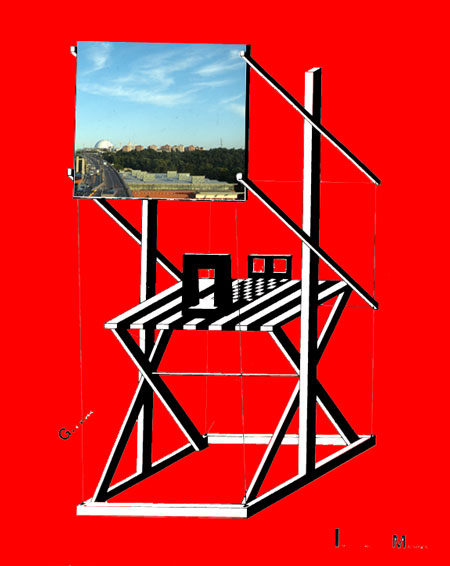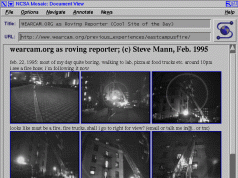Image by R. Ouellette, Copyright.
The idea of building responsive, if not “smart” in the modern term, cities is certainly not one restricted to the hubris of 21st Century urban designers. Popular media has dined ravenously on the conceptual remains of the recent “smart” cities phenomena, especially when new cities are built on farmers’ fields or in deserts. The result of this attention is that many people are led to believe these aptly-named Pop Up cities are a new idea. They’d be wrong.
The Twentieth Century saw designers like Corbusier and Neyemeyer build instant capital cities starting with only a vapour of an idea.

And just because these designers are name brands—the starchitects of their time—didn’t mean Chandigarh or Brasilia were great cities. In fact, many critics use them of examples to illustrate that so-called totalized urban visions are inevitably bad because large, instant cities do not embody the textured, incremental changes in a city’s urban fabric that make them human in scale and livable (call those things the benefits of crowd-sourced urbanism if you want).
In England instant Garden Cities were built to move urban workforces out of congested London slums. New, complex, and efficient rail systems made these suburban cities a possibility. History has treated Welwyn Garden City and others well probably because of their smaller scale and the fact that they evolved more slowly than their developers hoped. Looking back even further in the evolution of cities we see examples of near-instant towns. I recently toured some of the Middle-East’s archeological treasures. Among them were ancient cities like Byblos and Baalbek, two well-known places in the city-building canon. While those places are overwhelming, it is one of the newer stars in the recently discovered and noteworthy urban finds category that left the greatest impression—at least in the context of instant cities.

Located in the Beqa Valley not far from Syria, the ruins of Anjar were discovered recently, and archeologists were surprise by what they found.
Around the Seventh Century AD a thriving trade route connected the established cities of Tyre and Damascus (part of what is called the caravanserai). A local caliph decided to build what I’d somewhat fancifully call the Byzantine’s equivalent of the West Edmonton Mall. In a few short years the caliph built a new city with more than 600 shops arrayed by street grids in the Roman fashion. Anjar even had a functional sewer system beneath its streets, something many Western cities did not incorporate until the 19th Century.
The new city boasted broad avenues, covered arcades, and amenities like Roman-inspired baths and running water. To weary travellers riding the camel trains of the time, trading cities like Anjar were not only a refuge from the heat, they must have been the rough equivalent to the brand malls we see on the major highways of North America. They sold or traded everything the era considered valuable. But Anjar was built and lost in about three decades then disappeared from history for 1300 years.
How long will the Pop Up cities we are building today survive and who will remember them? Hard to say. The important consideration, however, is that the new, instant cities we build to accommodate the world’s growing masses not only have to be smart they have to be responsive to survive the demands of time.







